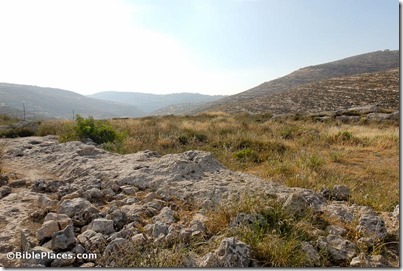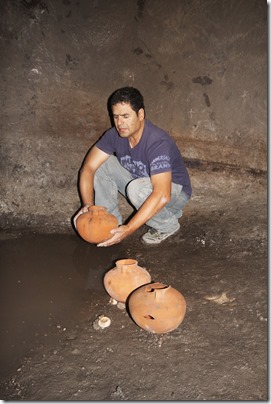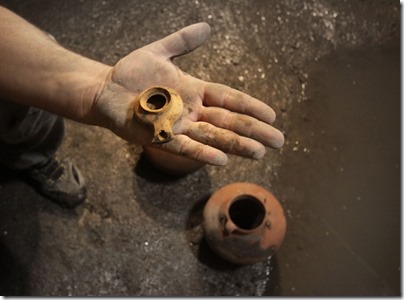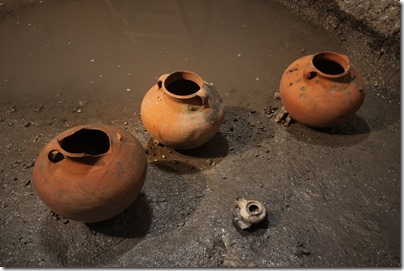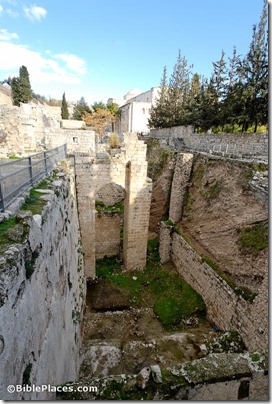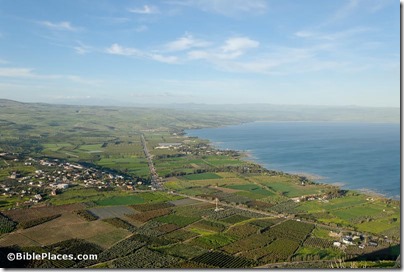Archaeologists who have been excavating for several years at the biblical site of Shiloh are now claiming to have discovered evidence for the location of the tabernacle. From Israel HaYom:
Archaeologists discover holes carved into the ground in Shiloh which could have held the beams of The Tabernacle or Tent of Meeting, which, according to the Bible, housed the Ark of the Covenant.
The Tabernacle or Tent of Meeting — which, according to the Bible, housed the Ark of the Covenant — was a temporary structure made of wooden beams and fabric, not materials cut out for thousands of years of survival.
Nevertheless, undaunted, archaeologists have searched for evidence of the Tent of Meeting for years, which they posited would be found in ancient Shiloh (next to the settlement of Shiloh in the Binyamin region). Now it appears their efforts have borne fruit, yielding assumptions that the Tent of Meeting indeed stood there.
The findings, which will be presented at a conference of the Shiloh Association scheduled to take place this week in ancient Shiloh, include the discovery of holes carved into the ground which could have held the beams of a temporary structure.
Because the Tent of Meeting and Ark of the Covenant were portable, archaeologists are considering the possibility that the Tent of Meeting stood there. The Tent of Meeting served as a place of prayer and sacrifice until the First Temple in Jerusalem was built by King Solomon.
Near the holes, in the northern part of Tel Shiloh, structures were unearthed that correspond to the dates when Joshua first settled the land of Israel until the period of King David’s reign.
One of these structures was found to contain ceramic vessels as well as three large taboon clay ovens.
The article explains why archaeologists believe these vessels were used in the tabernacle. Thee excavators also found a section of the city wall of Shiloh. Arutz-7 also reports on the discovery.
Background and photos of the site of Shiloh are here, and images of a tabernacle replica in southern Israel are here.
Photo from Pictorial Library of Bible Lands, volume 2.
